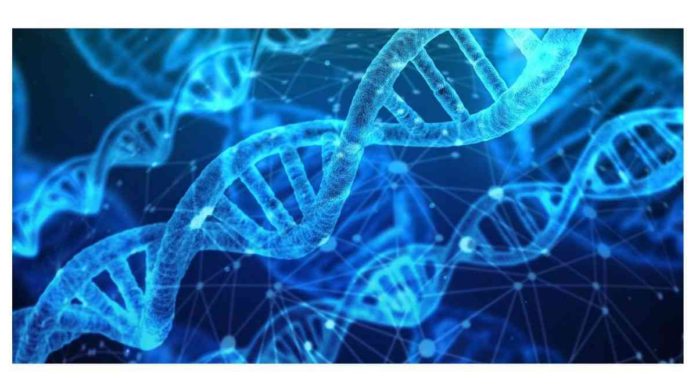Michael Marciano and Jonathan Adelman, research assistant professors in Forensic and National Security Sciences Institute (FNSSI), have invented a novel hybrid machine learning approach (MLA) to mixture analysis (U.S. patent number 10,957,421). Their method enables swift and automated deconvolution (separation) of DNA mixtures with increased accuracy. The software provides a high confidence conclusion with minimal computing and financial resources.
“I knew that nothing like this approach has been done before and, since this problem set was uniquely appropriate for the use of AI and machine learning, we involved the Office of Technology Transfer in order to pursue intellectual property protection,” says Marciano. “The most exciting aspect of this project was that we introduced the application of AI to forensic DNA analysis.”
Forensic evidence has helped jurors give clarity of the criminal offense, and with time complex evidence is processed with better speed, precision, and sensitivity. For instance, in a bank robbery, the offender is likely to use a pen available to customers. Although the culprit had deposited skin cells on the pen, it may also involve several other people who visited the bank. This condition results in a complex mixture of DNA.
Read More: IIIT Hyderabad Announces Online Course On Foundations Of Machine Learning
With the advent of computer software, biological evidence containing complex mixtures or low-level DNA can be evaluated by further utilizing probabilistic methods. The primary task is to process the DNA mixture and estimate probabilities associated with individuals contributing to a given DNA mixture. However, due to the complexity of non-pristine DNA and lack of resources, limitations still exist giving a future scope of research.
In 2014, the National Institute of Justice funded this idea of Marciano and Adelman and hopefully, it will aid the law enforcement and criminal justice community. Marciano says FNSSI students can currently use components of the MLA and, once a commercial partner is secured and the product is fully developed, they will begin implementing it into the FNSSI curriculum. Other patent-pending technologies from Marciano and Adelman are currently being used by students.
This technology is available for licensing and companies interested in exploring commercial applications, or not-for-profit entities interested in developing this technology for public benefit should contact the Syracuse University Office of Technology Transfer.


